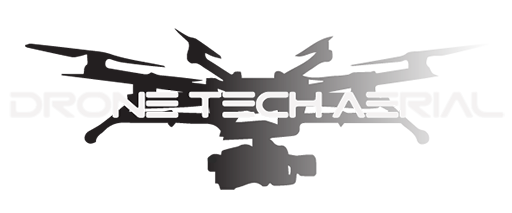Drones can be used to capture shots that are similar to those that can be achieved using a jib, which is a type of camera mount that allows the camera to be moved vertically and horizontally in a smooth, fluid motion. However, drones are not a direct replacement for jibs and each has its own unique capabilities and limitations.
One advantage of drones over jibs is that they can capture shots that are more dynamic and difficult to obtain using a jib. For example, drones can fly over and around objects, or follow moving subjects, in ways that are not possible with a jib. Drones can also be used to capture shots at much higher altitudes, providing a bird’s-eye view of the action.
However, there are also some limitations to using drones in place of jibs. Drones are typically limited by their battery life and payload capacity, which can restrict the amount of time they can spend in the air and the size and weight of the camera and other equipment that can be carried. Drones are also subject to regulations and safety considerations that may not apply to jibs, such as no-fly zones and rules regarding the use of drones over crowds of people.
Ultimately, the decision to use a drone or a jib in film production will depend on the specific requirements of the project and the shots that need to be captured. Both drones and jibs can be useful tools for capturing a wide range of shots, but each has its own unique capabilities and limitations, and the best choice will depend on the specific needs of the production.

